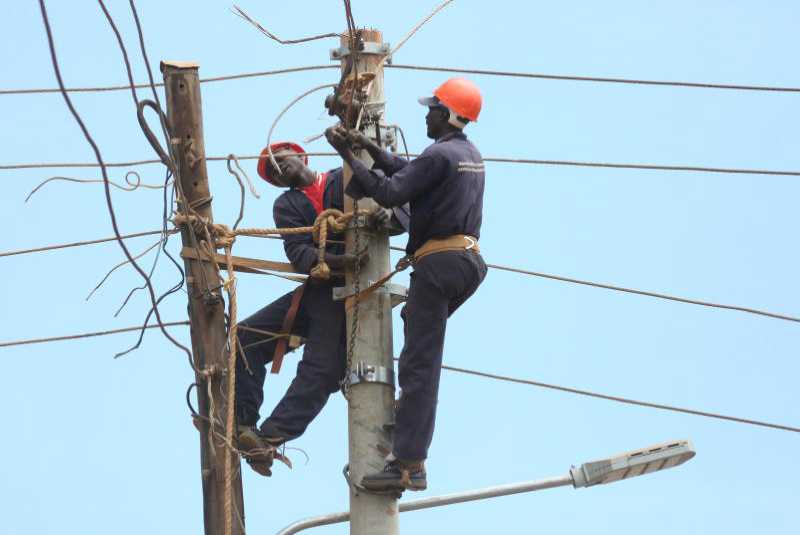×
The Standard e-Paper
Home To Bold Columnists

Kenya Power personnels working on a electricity line in Nyeri on September 20 2015, the company has initiated a programme of lighting up the streets so that majority especially in urban areas can performs some of their daytime activities even late at night. [PHOTO KIBATA KIHU/STANDARD].
The upward review of electricity prices on Monday flew in the face of a promise by President Uhuru Kenyatta for cheaper energy for consumers, who are now paying through the roof.